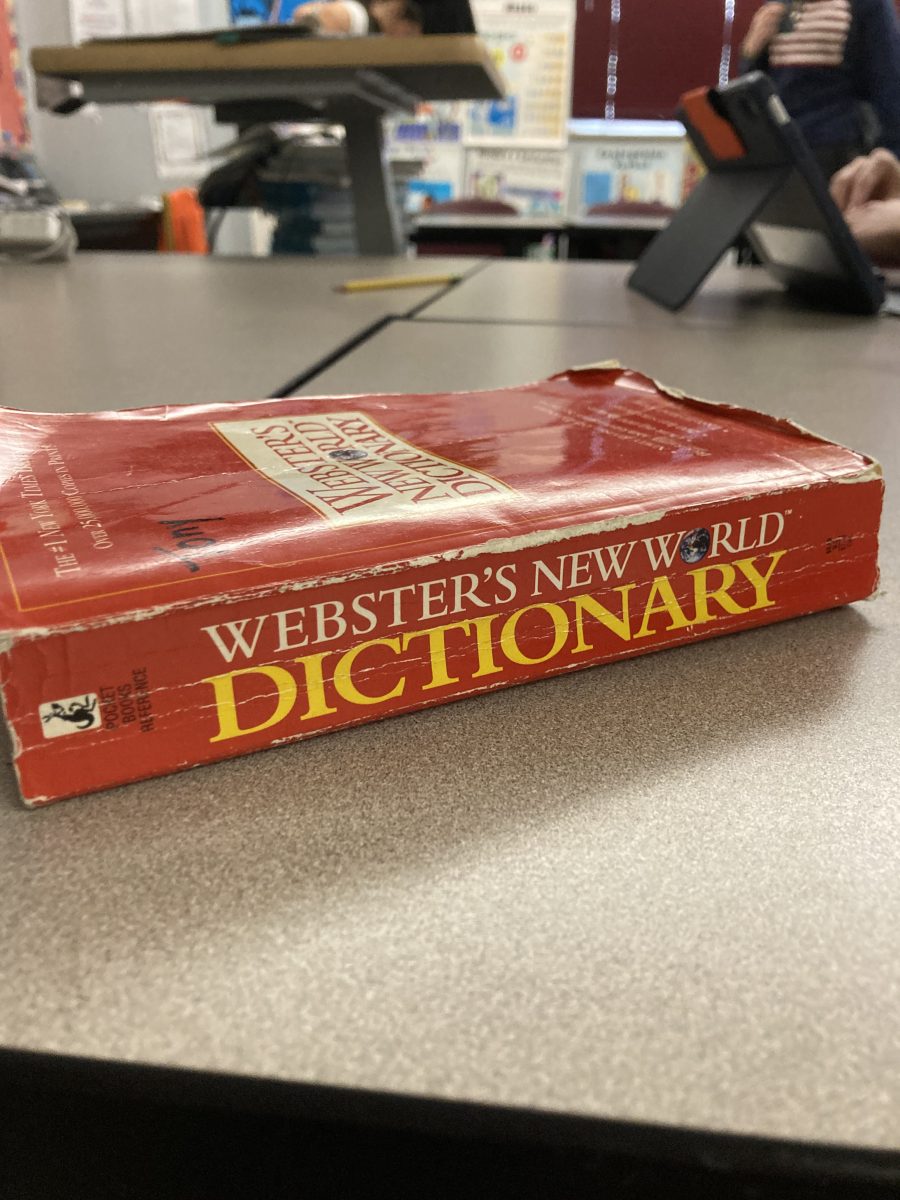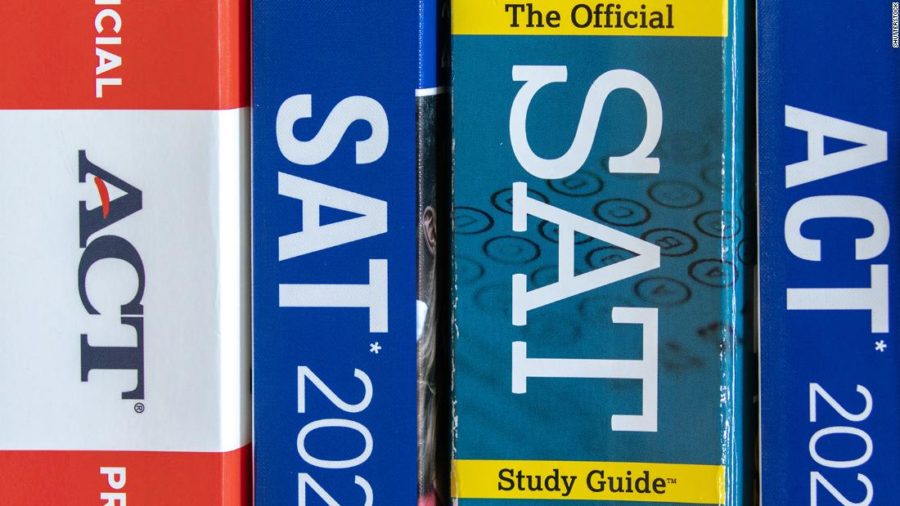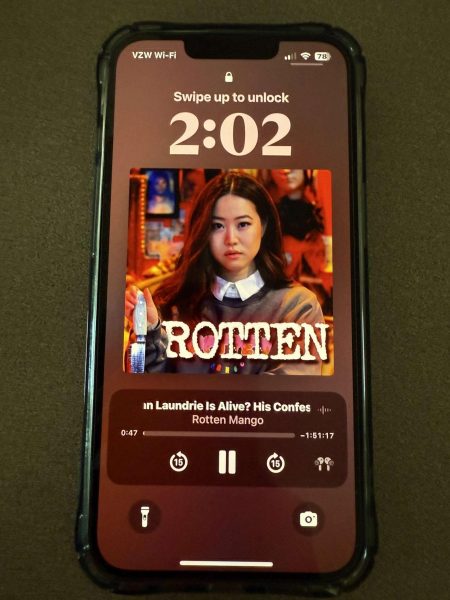OpEd: SAT and ACT Admissions
Photo courtesy of Creative Commons
Standardized testing books are on display.
The SAT (which originally stands for Scholastic Aptitude test)has been around since the 1920’s, and the ACT since the 1960’s, according to best colleges.com. Although they are slightly different tests, the premise is the same. Students have a certain amount of time to answer questions in a section (math, science, reading, writing) and your score determines your future.
If a student’s goal is to get into an Ivy League school like Harvard, they need around a 1580 on the SAT and a 32 on the ACT, with a perfect score being 2400 on the SAT and a 36 on the ACT.
A few years ago, the world started to question the relevance of these tests, and admissions teams at schools started asking if one test can really define a student?
A big argument against these standardized tests is iniquity due to money, and the divide between wealthy and lower income families when it comes to preparation.
Families that are wealthier can afford to get their students prep books and tutors far in advance, and they can pay for their student to take the tests more than once. Low income families don’t have those same opportunities, and it’s hard to find inexpensive help.
The New York Times author Shawn Hubler states, “According to the College Board, which administers the SAT, 55 percent of Asian-American test takers and 45 percent of white test takers scored a 1200 or higher on the SAT in 2019. For Hispanic and Black students, those numbers were 12 percent and 9 percent.”
Kaelyn Vargo, one of the Language Arts teachers at Silver Creek High School used to work at a test prep company, and offered her first hand perspective on the process. She shared that it essentially comes down to who can afford the test prep and its benefits.
“One of the biggest issues with the test is equity, and test prep equity. Where some students and families can afford to do a test prep program and others cannot, and that really makes a difference,” she says. “But time is also money, so you can do a free prep online with College Board but if you have to work, or you have to take care of your siblings, then again its an equity issue and you might not be getting the same resources that others are.”
Lena Byrne, a senior at Silver Creek High School also shared her perspective on being a student who has taken the SAT several times through school, and only used school provided test prep.
“The idea that testing defines your intelligence and commitment to furthering your education is an ancient concept. Your future shouldn’t be dependent on your test taking skills. That method of evaluating intelligence also gives an upper hand to wealthier students who have more accessibility to resources like tutors” She says.
Another reason the ACT and SAT aren’t a fair measurement of a student is because some people are inherently better test takers than others.
Many students thrive under pressure, but if a student is not one of the lucky ones, all they can do is listen to the clock ticking, and the time announcements as the end gets closer and closer.
After the COVID outbreak, more and more universities started realizing this reality.
Now that students didn’t have as readily available access to resources, and it got hard for students to take the test in person, as it needs to be proctored, around 80% of schools have switched to test optional, according to common wealth magazine, and reviewed applications on a more holistic basis.
For students who crack under pressure, but thrive throughout their highschool within clubs, academic achievement, and community involvement, this change was the start of a new era, and it truly evens the playing field for students of all types, that come from all kinds of backgrounds.

Addy Shevin is a senior taking journalism for the first time. She decided to take journalism because she is interested in journalistic photography in the...



















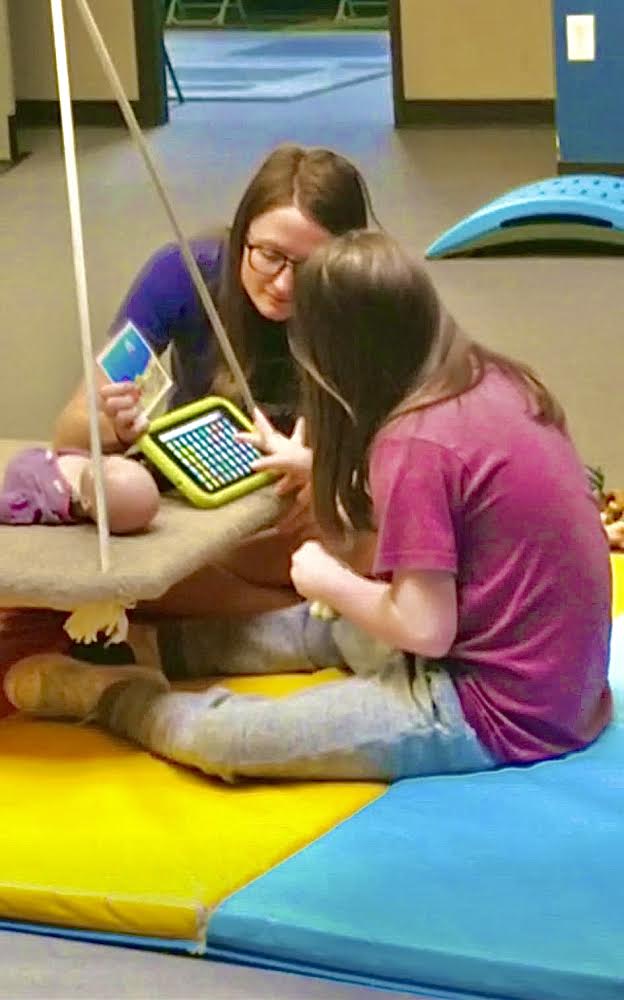



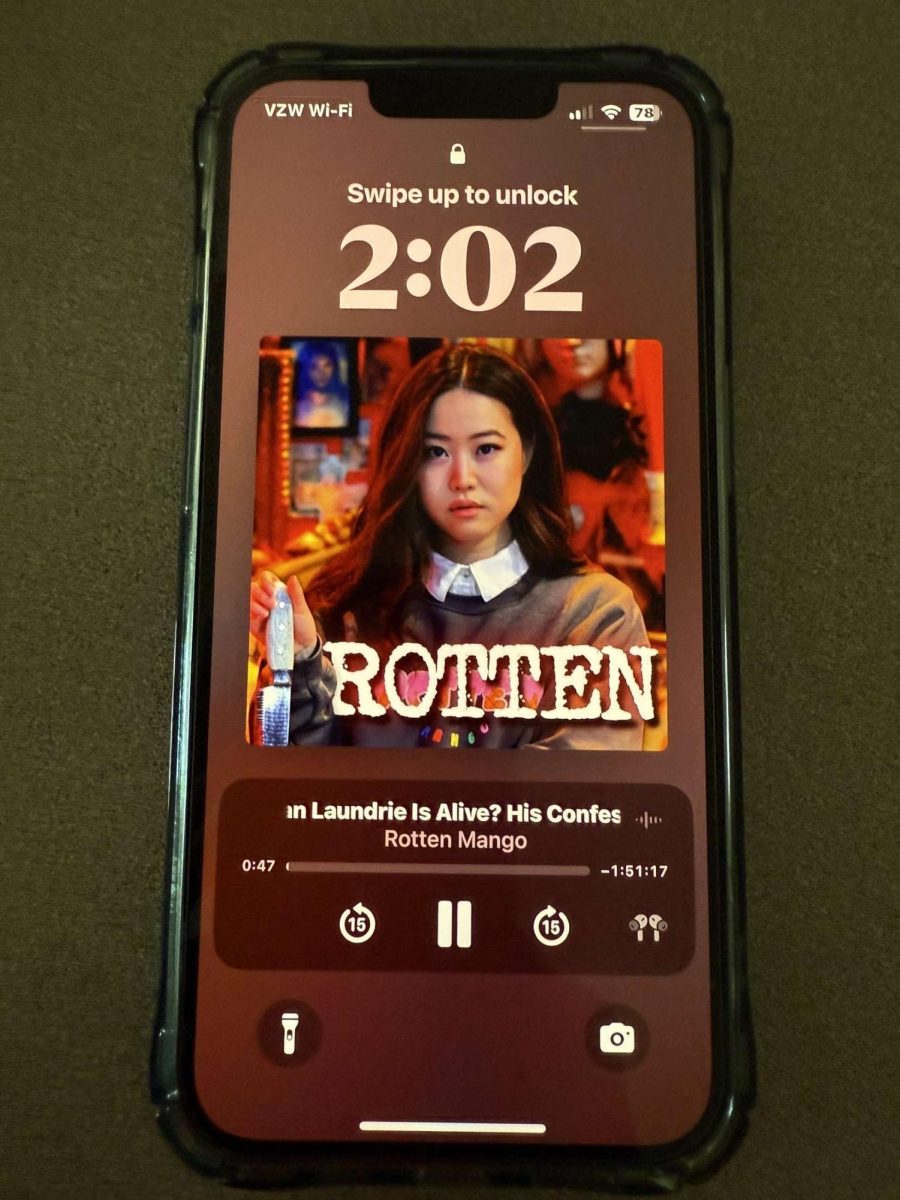







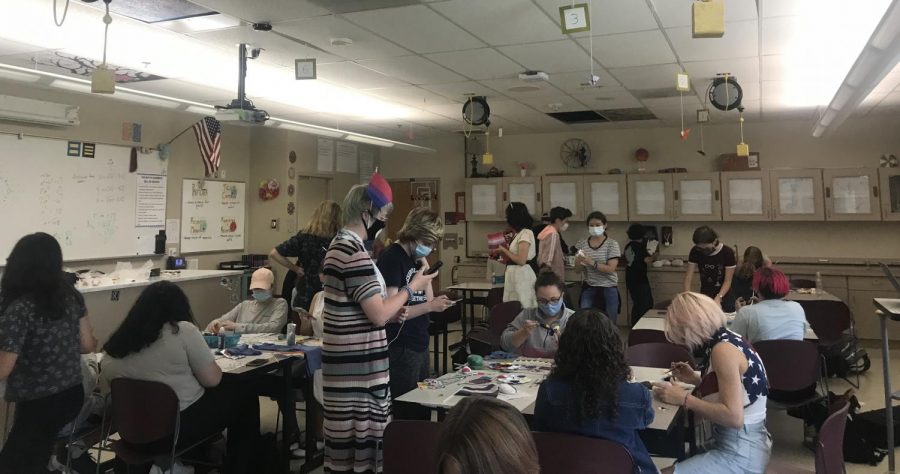






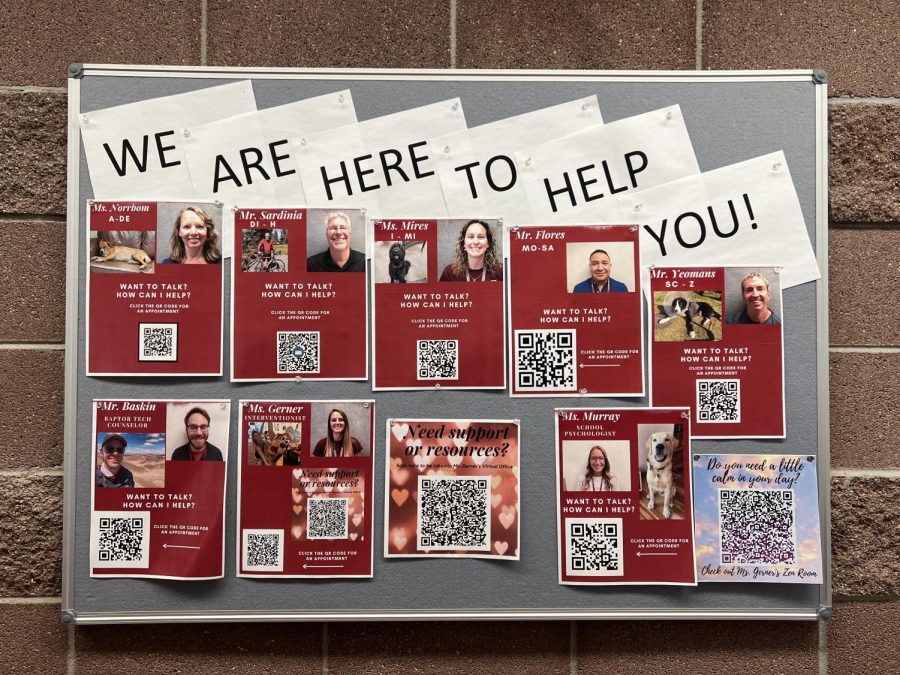


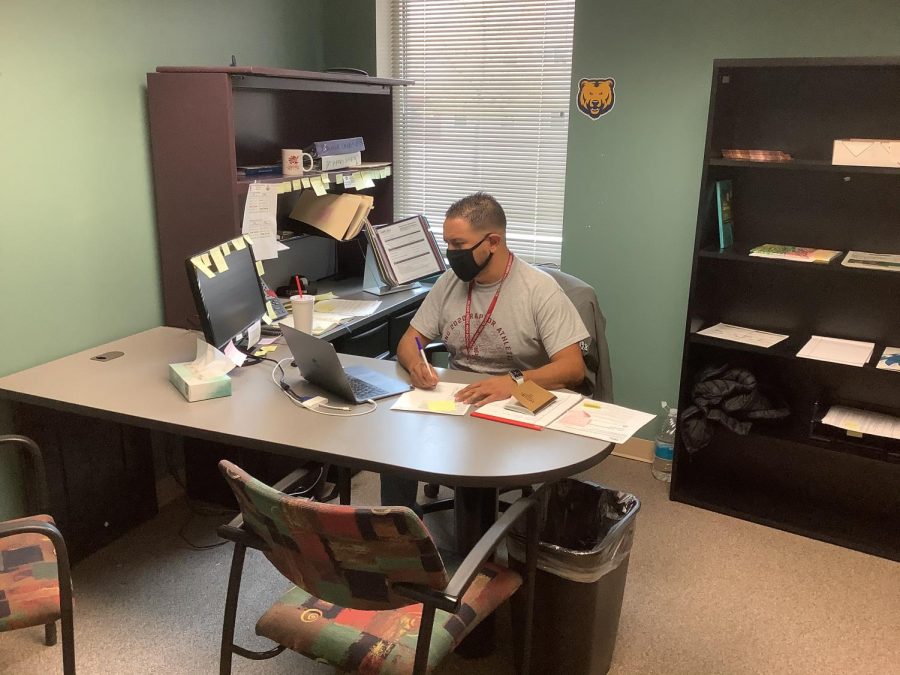
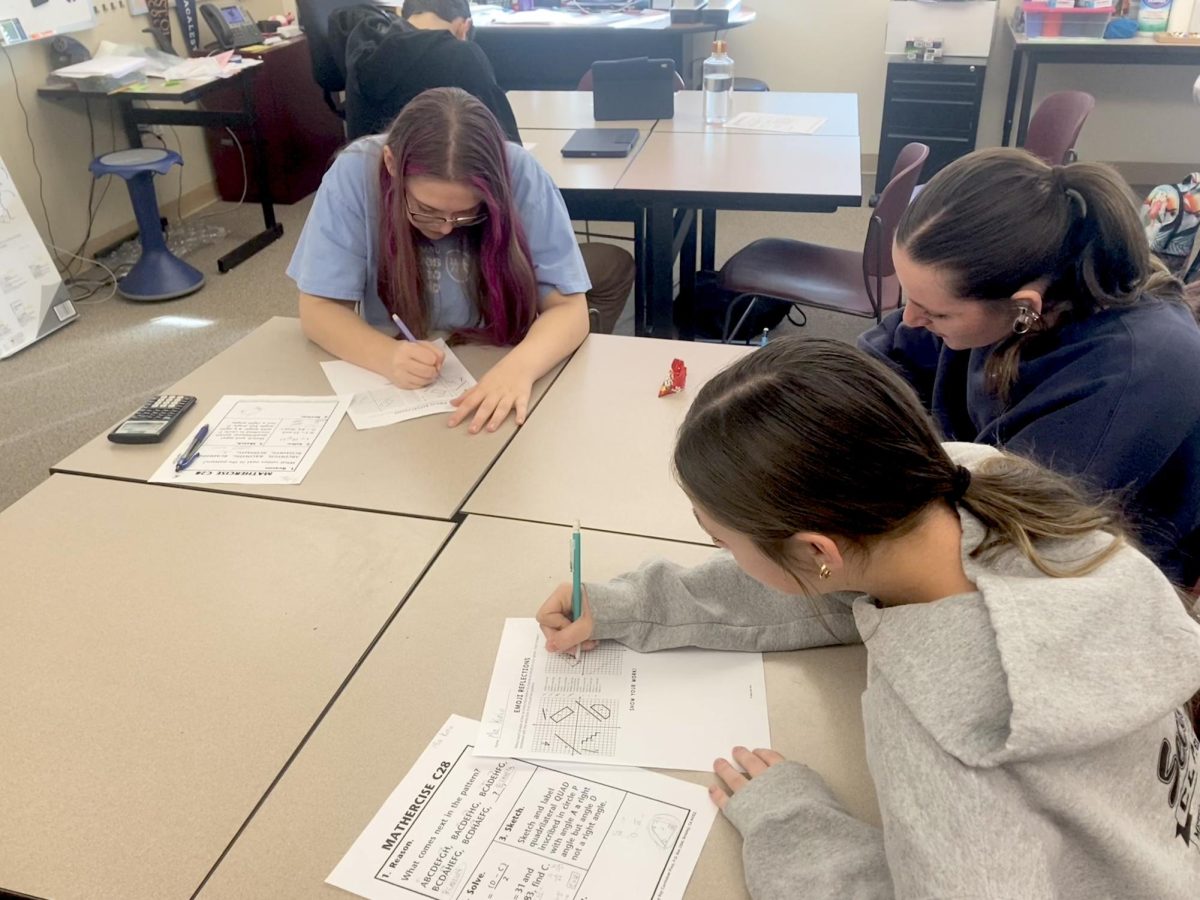
![Hosting the SCLA Casptone Mentor Dinner outside allowed for more attendees on September 27, 2021 at Silver Creek. This event would’ve usually been held inside. According to Lauren Kohn, a SCLA 12 teacher, “If we have a higher number of people, as long as we can host the event outside, then that seems to be keeping every[one] safe”.](https://schsnews.org/wp-content/uploads/2021/11/sxMAIGbSYGodZkqmrvTi5YWcJ1ssWA08ApkeMLpp-900x675.jpeg)





